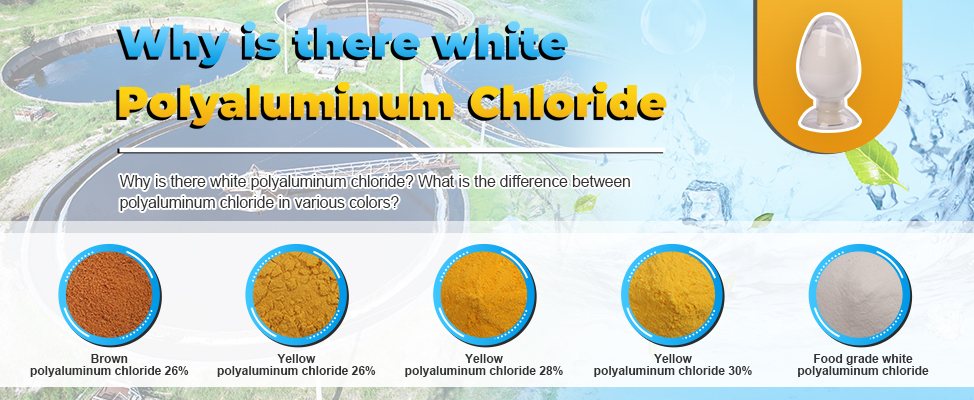
Polyaluminum Chloride (PAC) is a highly effective inorganic polymer flocculant widely used in drinking water purification, industrial wastewater treatment, paper-making, mining, and other industries. Compared with traditional aluminum sulfate, PAC requires a smaller dosage, reacts faster, and offers better adaptability across different pH levels.
By Color
√ Yellow PAC: Commonly used for municipal and general industrial wastewater treatment, cost-effective.
√ White PAC: Higher purity, recommended for drinking water treatment, food industry, and pharmaceutical applications.
√ Brown PAC: Effective for treating high-turbidity water, often applied in mining, paper-making, and coal wastewater treatment.
By Production Process
√ Powdered PAC: Easily soluble in water and dissolves quickly, making it suitable for large-scale water treatment projects. However, it produces a lot of dust, which can be harmful to the respiratory tract, and requires careful storage in humid weather.
√ Granular PAC: Lower production costs and relatively poor solubility make it suitable for low-cost projects. However, it is easy to store and dust-free.
For more details, click the link to read the article
By Concentration
√ 18-26% PAC: Suitable for general industrial wastewater treatment.
√ 26-30% PAC: Recommended for drinking water purification and highly polluted wastewater.
√ 31% PAC: Applied in specialized industries such as mining and paper-making for higher treatment efficiency.
For more details, click the link to read the article
By Application Field
√ Drinking Water Treatment: White PAC or high-concentration PAC is recommended to ensure water quality.
√ Industrial Wastewater Treatment: Yellow or brown PAC works well for high-turbidity wastewater.
√ Paper Industry: Brown PAC improves pulp quality by helping impurities settle.
√ Mining and Coal Industries: High-performance PAC effectively treats large volumes of mine sludge and coal wastewater.
Choosing the right PAC type is essential for optimal treatment results:
√ Drinking water purification: White PAC or high-concentration PAC.
√ High-turbidity wastewater: Yellow or brown PAC.
√ Large-scale rapid-dissolution projects: Spray-dried PAC for better solubility and performance.
Q1: What are the advantages of PAC over traditional aluminum sulfate?
A1: PAC requires a smaller dosage, offers faster flocculation, better sedimentation, and works in a wider pH range.
For more details, click the link to read the article
Q2: Which type of PAC is best for drinking water treatment?
A2: White PAC or high-concentration PAC (26-30%) is recommended for high purity and efficiency.
Q3: Can low-concentration PAC be used for industrial wastewater?
A3: Yes, 18-26% PAC is suitable for general wastewater, but for heavily polluted wastewater, higher concentration PAC is preferred.
Q4: What should be considered when storing and transporting PAC?
A4: PAC should be stored in a cool, dry place to avoid moisture. Liquid PAC must be protected from freezing, while solid PAC should not be exposed to air for long periods.
For more details, click the link to read the article
Q5: How to choose PAC for different industries?
A5: Drinking water → White PAC, high concentration; Paper-making → Brown PAC; Mining → High-concentration or spray-dried PAC; General wastewater → Yellow PAC.
Learn more about polyaluminium chloride and polyacrylamide, please click on the corresponding link
Common problems and solutions of polyaluminium chloride

Please contact us for free quotation by form below. We promise the quickest response within 24 hours: